Opportunities to experience three generations of Toyota’s legendary GT cars are few and far between. But to gather three generations of these racers – codenamed Toyota TS010, TS020, TS030 Hybrid respectively – for a family portrait is a once-in-a-lifetime event.
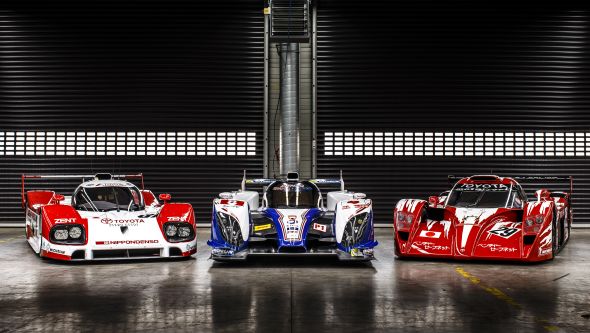
All three cars are kept in a temperature-controlled collection hall at Toyota Motorsport GmbH in Cologne, Germany. TMG is a sprawling, high-tech environment that extends to over 30 square kilometres, employs around 200 people, and offers an astounding array of motorsport engineering facilities. It is the European arm of Toyota’s worldwide motorsport programme and was the centre responsible for the manufacturer’s WRC and F1 campaigns.
Now TMG is tasked with the development and running of Toyota’s GT cars for the FIA World Endurance Championship, as well as more affordable disciplines such as the one-make GT86 Cup racers and Yaris R1A rally cars.

Occasionally, the TS010 of 1991 and TS020 (also known as the GT-One) of 1997 are wheeled out of the private museum to be displayed at events such as the Goodwood Festival of Speed, while due to its busy competition schedule the TS030 Hybrid is less frequently seen outside of a track environment. To have all three together, therefore, and especially the TS030 Hybrid in the manic lead-up to Le Mans 2013, is a truly special occurrence.
Toyota TS010, TS020, TS030 Hybrid: side-by-side
It is only when these dramatic vehicles are arranged side-by-side that comparisons can truly be made and none more so than in the realm of their body shapes, all of which are constructed from carbon fibre.
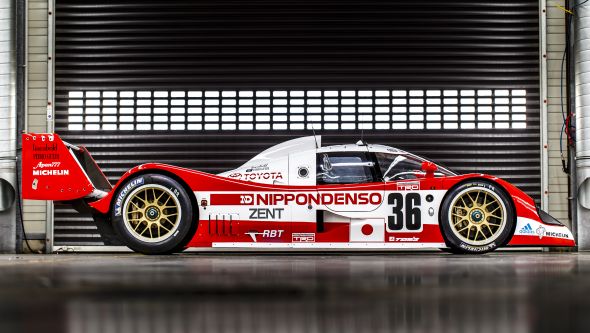
The TS010 appears wonderfully sleek and ground-hugging, a master class in wind-cheating form. The wedge-shaped nose rises with a relatively shallow rake to skim over the front wheels, before the shoulder line dips with wave-like fluidity to crest the rear wheels again and exit through the framework of the immense rear wing. Fitted almost like an afterthought, the rear wing is capable of producing immense downforce, apparently double that of a Formula 1 car.
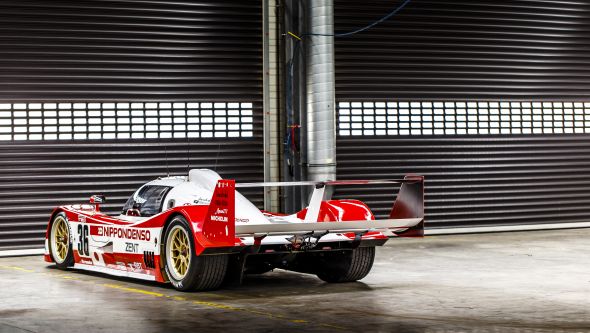
But while the TS010 is the car that many of TMG’s current project managers cut their teeth on back in the early 1990s and remember with great fondness, members of the modern aerodynamics team now shudder at the thought of wrestling that car around a track.
The shape may look the sleekest of the three to the untrained eye but it is flawed aerodynamically, offering inferior high-speed stability than its younger siblings, which were honed using Computer Aided Design (CAD).
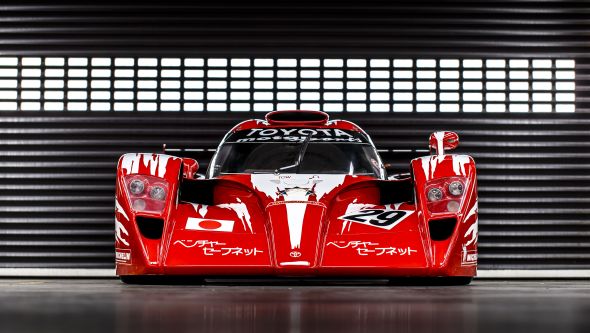
The later models are clearly designed similarly to Formula 1 cars but with a little extra bodywork. The TS020 in particular looks like it could have inspired the shape of the Ferrari Enzo with its frontal treatment directing air around a bubble-shaped cockpit before exiting behind the front wheels. Indeed, look at the car from the correct rear three-quarter angle and you can see a clear aero pathway through from the centre of its nose.
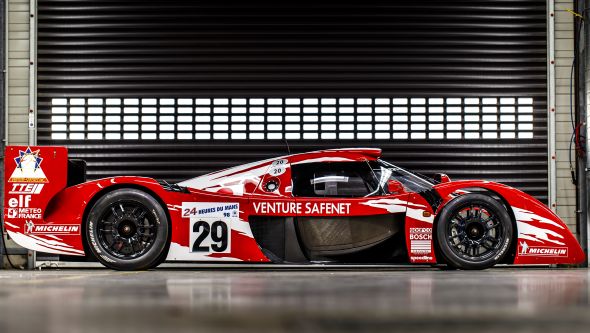
The TS020 retains a similar side profile to the TS010 with its hourglass curve between front and rear wheels but you can begin to see the front arches increasing in height and taking on a buttress-like appearance that might seem counter-productive to aerodynamics. That certainly cannot be said of the organic rear treatment, which features a gorgeously long, tapered tail that flows toward the rear like the backbone of a whale. Two pairs of lights tacked on to the rear of the TS020 are evidence of the fact that the car was also homologated for road use, a priceless example of which is also housed in TMG’s museum.
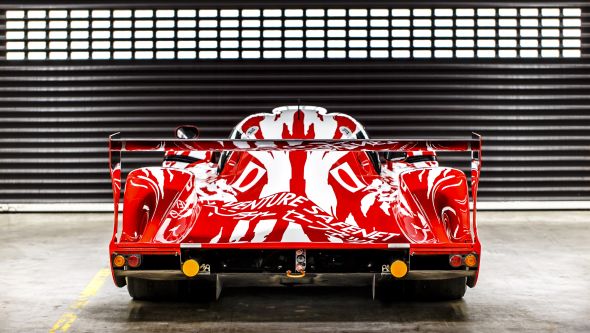
And then we reach the TS030 Hybrid. Every part is honed to offer the best possible performance. For example, the engine is built to such tight tolerances that it is virtually seized solid when not in use, requiring pre-heating with oil fed through a kind of umbilical cord before it can be fired up.
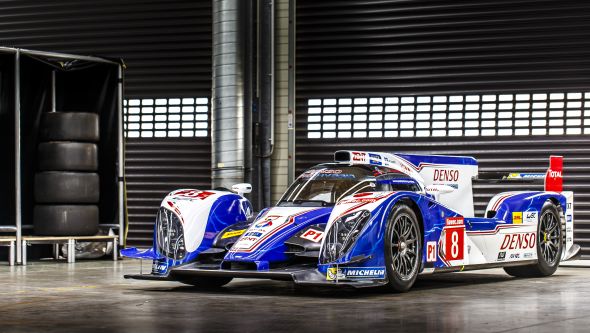
As for its appearance, gone are the svelte curves of the previous cars: the buttress-like front wings are the tallest and most vertical yet, and the ride height appears way too high (regulations dictate the sill height but the belly pan is much lower). Whereas the TS020 design was characterised by its lack of air vents, the TS030 has vents, scoops and wings galore. It is the least immediately attractive of the trio but it is by far and away the most aerodynamically efficient, which in racing terms is much more important.
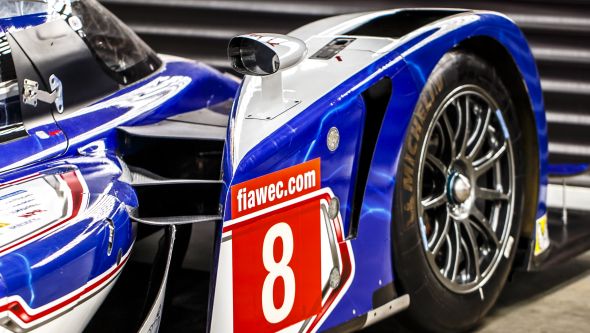
The TS030 Hybrid also marks the first time that a clear correlation can be drawn between Toyota’s campaign in endurance racing and its production road cars. It took six years of hybrid technology development just to get the first version of this car ready for racing, pioneering the use of super-capacitors rather than batteries for their much faster charging and charge deployment characteristics.
It is the expressed aim of Hisatake Murata, lead engineer in this hybrid race-car project, to see the technology shared with regular production vehicles.
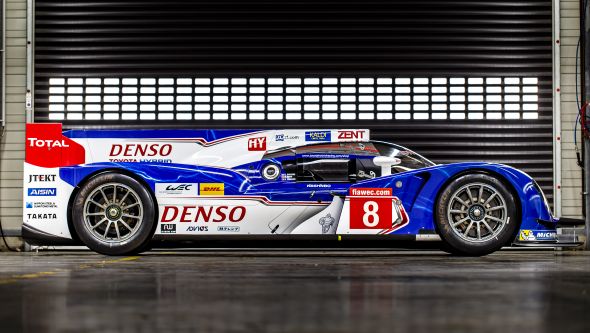
Finding space for the hybrid powertrain within the dictates of GT car design was another difficult task; more trying, apparently, than that of packaging a Formula 1 car. This is especially apparent within the driving environment.
Toyota TS010, TS020, TS030 Hybrid: cabin space
Whereas the TS010 and TS020 are relatively spacious inside with theoretically enough room for a passenger on the unused left-hand side of the cockpit, the TS030 is a tight squeeze. Approximately half of the right-hand side of the cockpit is taken up by the super-capacitor, and getting into the seat without stepping on the surrounding bodywork requires the sort of contortion act normally associated with a game of Twister.
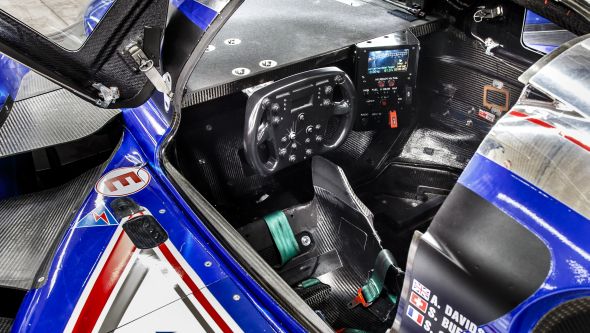
Once in, the cushionless carbon fibre bucket seat is set so low that it creates an immensely long blind spot directly ahead of the car. You’d probably need about a quarter-mile of clear space before you could physically see the surface of the circuit.
Experiencing these incredible machines in the ‘flesh’ has increased our admiration for Toyota’s engineering prowess, not to mention the skill and dedication of its development teams. Similarly, we have a new-found appreciation for the drivers tasked with careering these crazy-power cars around a circuit for hours on end and in all kinds of weather. It suddenly made us feel very glad that we exist as comfortable recipients of their efforts at the very sharpest end of Toyota’s road car development programme.
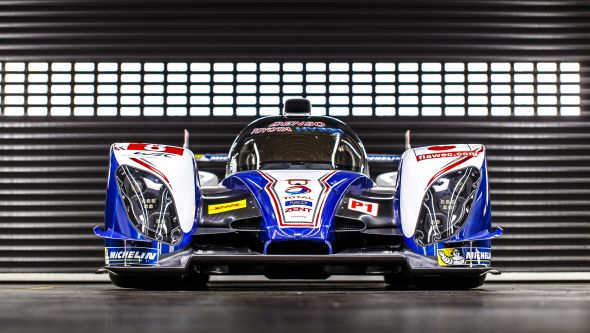
For more information on the cars individually and their racing careers, please click on the following links to read our ‘In Focus’ features: Toyota TS010, Toyota GT-One (TS020), and Toyota TS030 Hybrid.
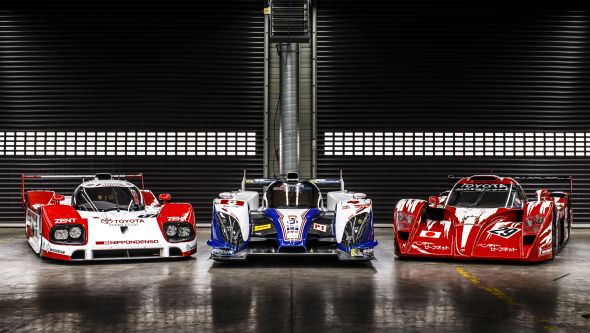
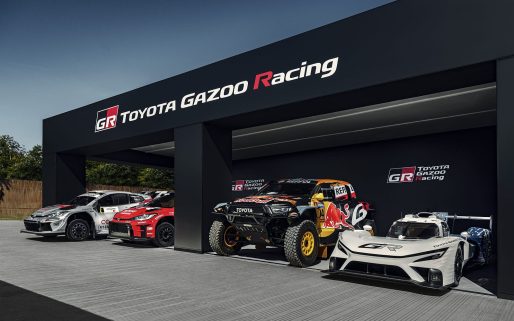
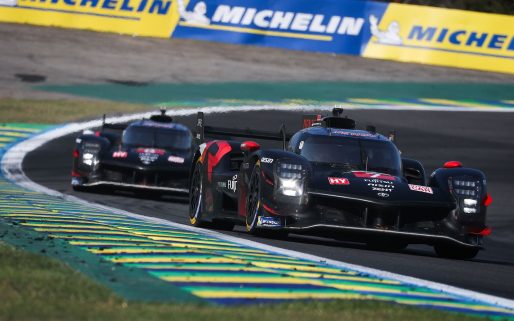
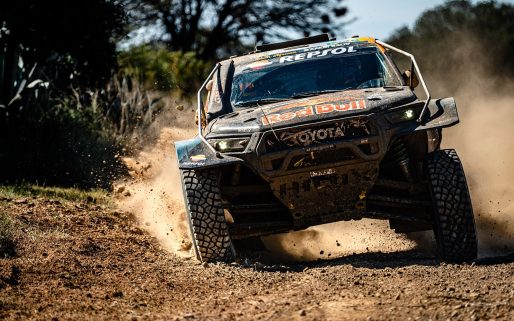

Guys, nice article but please, WHY are those images so small? Even if I click on them, the resolution is so small that it is useless… Please make it bigger. Thanks!
Hi Peter,
Thank you for taking the time to contact us.
We’re working on the gallery in the blog at the moment. We’re really sorry and we completely agree, we’re uploading the images to Flicker this morning.
Many thanks.
To see the latest set of Le Mans images from this blog post please visit: http://bit.ly/14ihbNL.
I have recently bought tiny replicas. Got them shipped directly from Japan! These model cars are a great collector’s item for any motor sports enthusiast so as me 🙂 And if you could please fix the images to be larger that would be great! Thanks!
Hi Martin,
Check out the full gallery of high res images here: http://ow.ly/mkGdI.
Many thanks.
Can you make the pictures so we can use them as a screen saver?
They are gorgeous but useless in that format.
Thanks
the TS020 was created before the Enzo!
This cars are awsome ! The pictures are fine !
What amazing cars and pics quality is fine but it should be more clear. Although it is a great post.